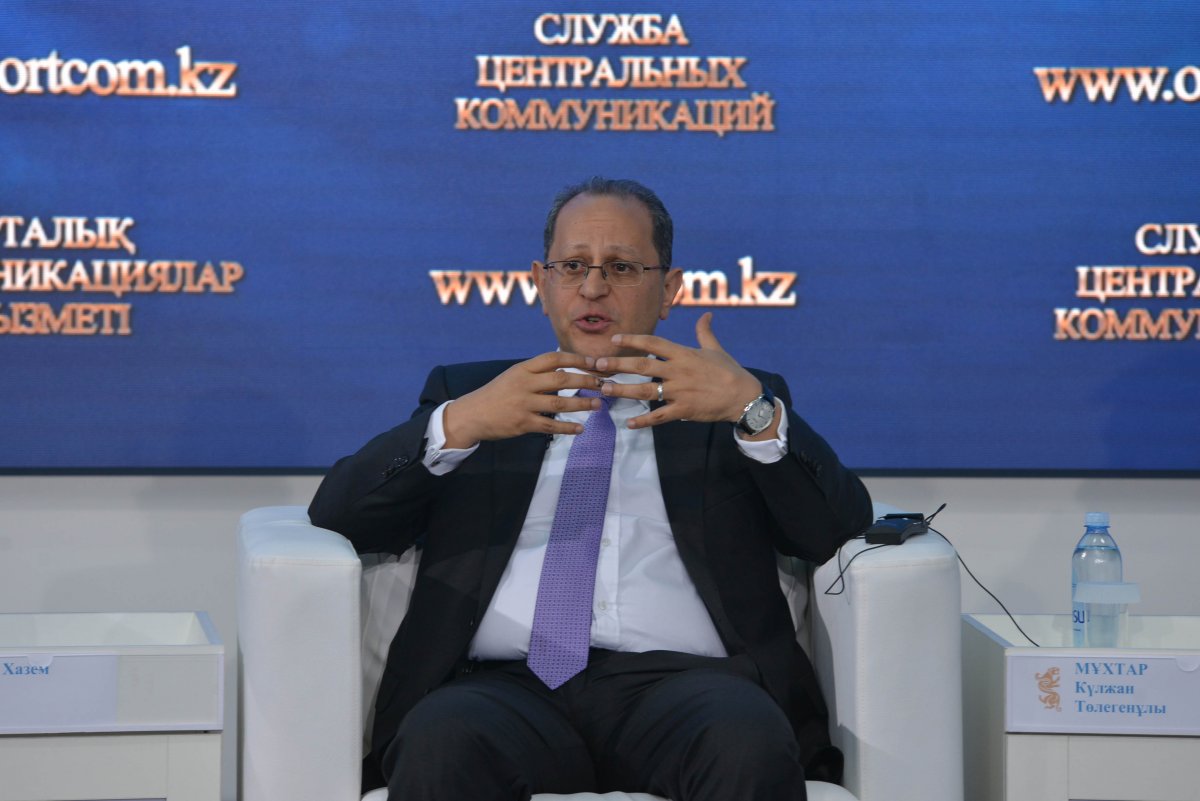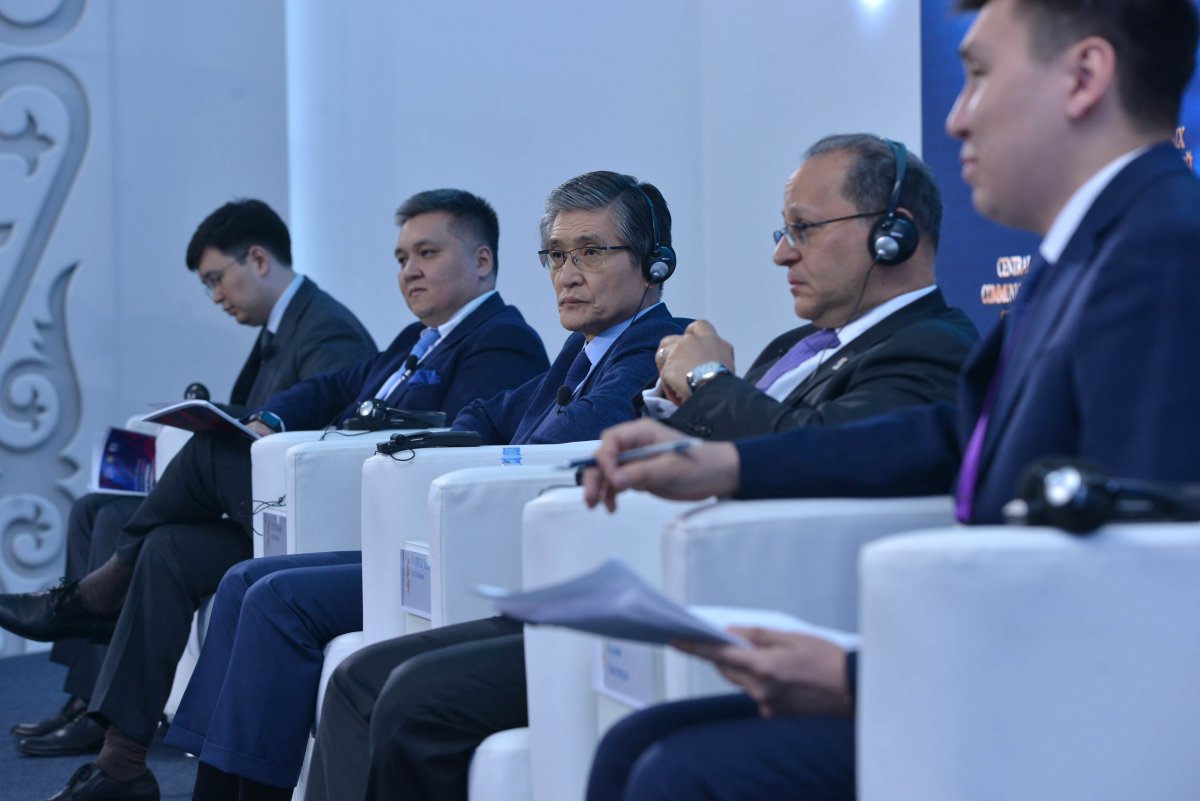Nur-Sultan corresponds to the city of the future by 60%. PwC partner Hazem Galal, who is Global practice PwC leader in providing services to state agencies and the government sector, shared his opinion on this.
“Cities are the engine of progress, they have a number of different opportunitites. Whether that be a climate change, the transition and use of different technologies and a number of different challenges, including demographic growth. From this prespective, we must clearly understand what characteristics should be present in the city of the future. We have done some work with the Global Future Council - this is global construction council and we turned to our colleagues with a question about the characteristics of the city of the future. The first characteristics is that the citizen, the city-dwelling himself, should be at the top mind. We must do everything possible so that our citizens are proud of the fact that they live in a particular city, so that they have access to educational services, to health care services. The second characteristics is that we should take care of economic activity, how to create additional value, how to provide social protection to citizens. And the third is the full mix with the providing of completely equal opportunities. This means equal opportunities for people with disabilities. Cities should be built not only with high income, but with medium and low income. And one more characteristics is that which sounds like stability and the ability to oppose, let’s say to climate change. ”. said Hazem Galal at a press conference in the CCS.
Whereby the speaker noted that, unfortunately, modern cities very often are not ready to respond to existing challenges.
“To some degree they become vulnerable, both cyber-attack and other external threats. Therefore, the ability to be stable to external threats and external problems is also of great importance. Among other things, when we talk about the characteristics of the future of the city, we should not forget about planning. In other words when we are planning an initiative, the opinion of both non-governmental organizations and ordinary citizens and the government should be taken into account. This is how we see the city of the future. Now we are talking not about technology and mainly not about concentrating on technology. We are talking about the importance and significance of social initiative. By 2030, we plan that about two-thirds of the world’s cities will meet these characteristics. Now, according to our assessment, Nur-Sultan, for instance, corresponds approximately to 60%. It raises the question of which model Kazakhstan should follow. For example, I would not recommend Kazakhstan to copy the American model. That is when you focus your attention on the center and on the very intensive development of highways - this is not very good from an ecological point of view. As for European cities, you have noticed that they live quite compactly. They live, work and rest in about the same area. This minimizes transport, minimizes emissions. When we talk about the concentration of life around local communities, small microdistricts, which ultimately have a positive impact on a person’s life as a whole, thus, the modernization and planning of cities is a process that requires first of all the immediate interest of the citizens living in them.











